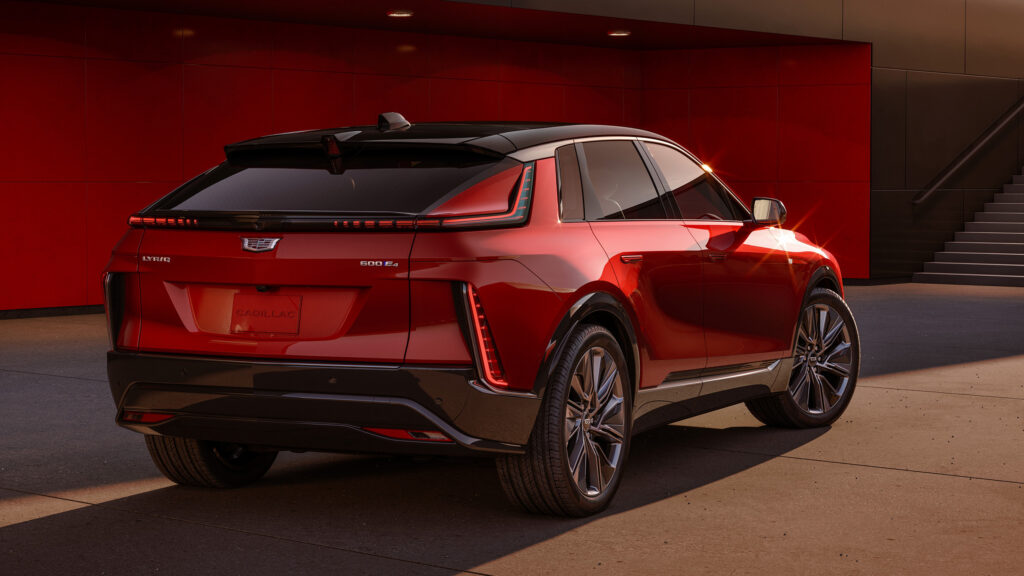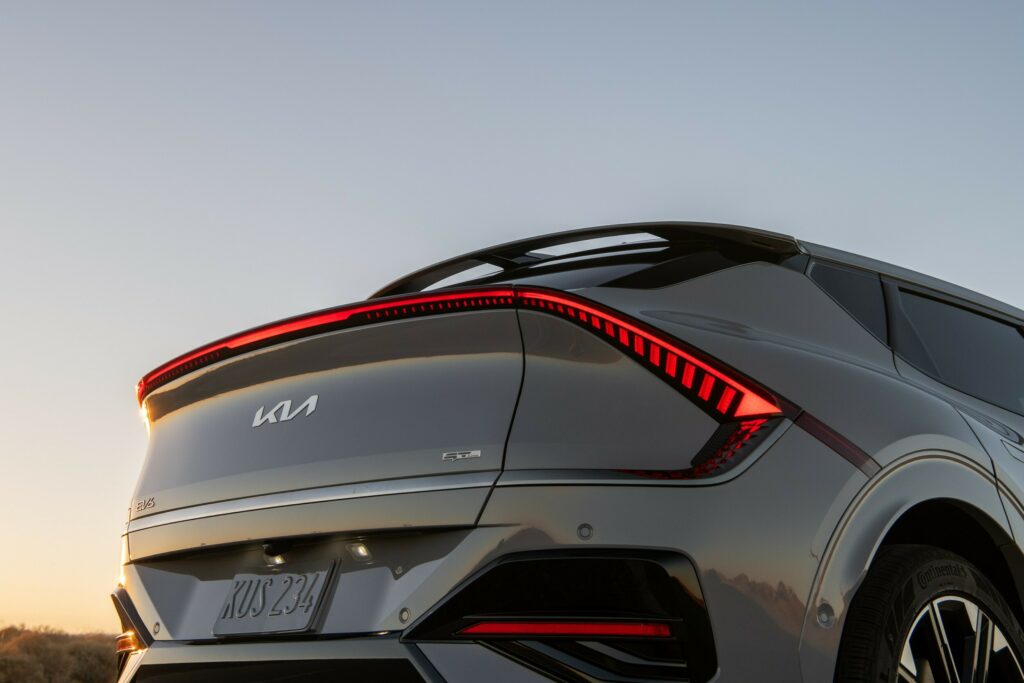EV Tax Credits

In 2024, Americans snapped up about 1.3 million electric vehicles (EVs), forming a significant chunk of the auto market. One of the major reasons for this surge is the generous tax credits of up to $7,500 available for buying new EVs. However, based on recent remarks from House Speaker Mike Johnson, these incentives could be on the chopping block.
Johnson suggested that the current system of tax credits might not have a bright future, indicating a higher chance of being scrapped than retained. This discussion is part of broader budgetary measures, as cutting these credits aligns with the Republican goal of reducing government spending by $2 trillion. Last year’s $2 billion expenditure on EV subsidies seems minor in this context, but the implications for the EV market could be profound.
Global Trends

Globally, the trend follows a similar narrative. Countries like the UK and Germany have already rolled back their EV subsidies, assuming that the demand for EVs is strong enough to sustain itself. In the UK, sales figures are climbing, whereas Germany is witnessing a decline.
Implications for Automakers

The potential phasing out of these tax credits raises questions about its impact on US automakers and consumer EV demand. Building electric vehicles is still more expensive than their gas-powered counterparts, and credits help narrow this pricing gap. Without the credits, buyers might be tempted to revert to internal combustion engine (ICE) vehicles.
US-based automakers have heavily invested in EV technologies, from electric cars to the establishment of completely new production facilities. Hence, losing these credits might hamper the industry’s growth and negate the momentum gained in recent years.
Driving Experience
Speaking of the driving experience, going electric means a silent, smooth ride with instant torque, a stark contrast to traditional gas-powered cars. Models like the Ford Mustang Mach-E offer spirited driving dynamics and a pleasing cabin experience. However, the absence of financial incentives might make such experiences a luxury for fewer customers.
Similar to how some folks measure the comfort of riding a luxury sedan, EVs provide a quiet command of the road. Yet, convincing consumers to switch from familiar gas vehicles might be tough without financial nudges.
Conclusion
The final decision on tax incentives remains tangled in political debate, possibly influenced by regional economic interests. Some lawmakers might resist changes that could trigger job losses in their regions. As discussions continue, the fate of these tax credits remains uncertain, poised to shape the future of America’s EV landscape.
Tesla Drops Range Boost
Wild G-Class Drop Top
Ferrari Surges Ahead
Cars Missing in St. Louis
Tesla Trademark Trouble